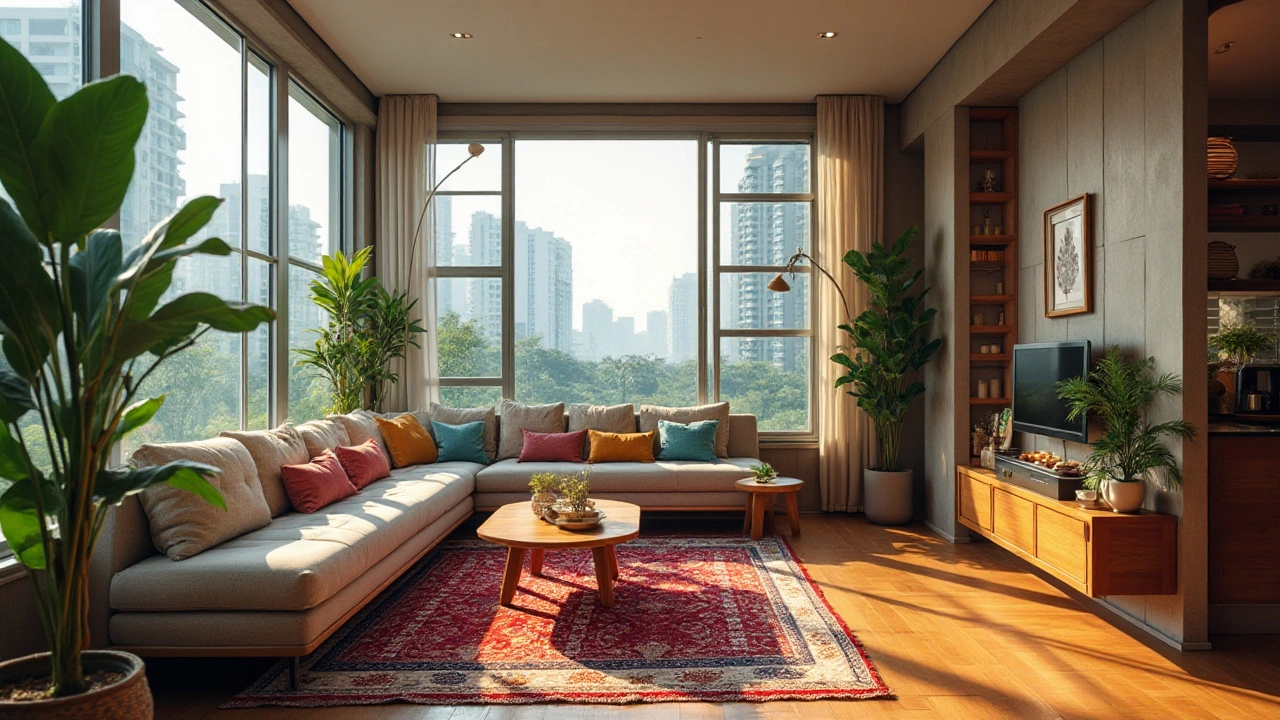Home Buyers Guide: What Every New Buyer Needs to Know
Thinking about buying a house? You’re not alone—more people are stepping into ownership every year. The big question is how to avoid costly mistakes and get the best deal. Below you’ll find straight‑forward tips that cut through the noise and help you move from dreaming to owning.
1. Get Your Numbers Straight Before You Look
Start with a clear picture of what you can afford. Use a simple formula: monthly income × 0.3 should roughly equal your future mortgage payment, taxes, and insurance. Add in other debts—car loans, credit cards—and make sure your debt‑to‑income ratio stays below 40 percent. This isn’t a suggestion; lenders will check the same numbers.
Next, check your credit score. A score above 720 generally unlocks the lowest interest rates. If you’re under that, spend a few weeks paying down balances and fixing errors on your report. Even a 20‑point boost can shave hundreds off your loan costs.
2. Learn the Key Rules that Shape Your Decision
The 5% rule is a handy shortcut. Multiply the home’s price by 5 percent; if that amount covers your expected annual costs (mortgage, taxes, insurance, maintenance), the property is probably a solid buy. It’s not perfect, but it gives you a quick sanity check before you dive deeper.
Another rule worth noting is the 6 months and a day rule if you’re eyeing an investment property in Australia. It dictates residency requirements for tax benefits, but the principle—understanding local tax thresholds—applies everywhere. Research the specific rule for your state or country.
Don’t overlook the average brokerage fee. In many Indian markets, agents charge around 1‑2 percent of the transaction value. Knowing this upfront helps you budget and gives you room to negotiate. Some sellers will lower the price if you agree to pay the fee yourself.
Finally, if you’re considering a rent‑to‑own option, compare the total rent paid over the agreed term with the eventual purchase price. Some websites list rent‑to‑own deals, but always run the numbers to see if you’re really saving.
Now that you have the basic math and rules, it’s time to start the house hunt. Make a list of must‑haves—number of bedrooms, neighborhood vibe, proximity to work—and a list of nice‑to‑haves. Stick to the essentials first; extra features can be negotiated later.
When you find a property, request a detailed seller’s disclosure and a recent property inspection report. Pay special attention to structural issues, water damage, and the condition of major systems like HVAC. If the report reveals problems, you can ask for repairs or a price reduction.
Before you sign anything, read the contract line by line. Look for clauses about contingencies (financing, appraisal, inspection) that protect you if something goes wrong. If a clause feels vague, ask your real‑estate agent or a lawyer to clarify.
Lastly, think long‑term. Consider how long you plan to stay, resale potential, and future neighborhood developments. A home that fits your life today should also make sense five or ten years down the road.
Buying a house isn’t a sprint; it’s a series of small, smart decisions. Use these guidelines, stay disciplined with your budget, and you’ll walk into your new front door with confidence.
Understanding the Dimensions of Popular 2BHK Apartments
by Arjun Mehta Jan 16 2025 0 Real EstateIn today's housing market, 2BHK apartments have become increasingly popular among urban dwellers. This article explores the most common sizes of 2BHK apartments, factors influencing their dimensions, and provides practical tips for utilizing space efficiently. It offers insights into why these apartments remain a top choice and discusses trends in apartment design preferences. Readers will gain a comprehensive understanding of 2BHK living spaces.
READ MORE